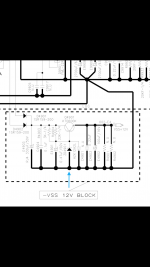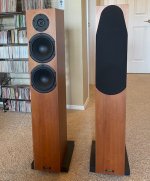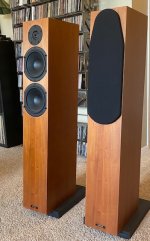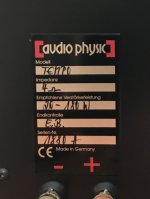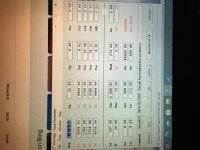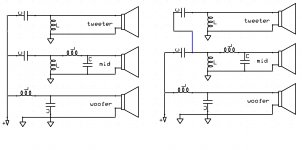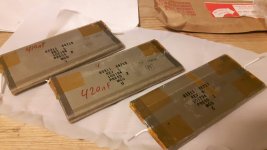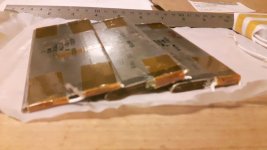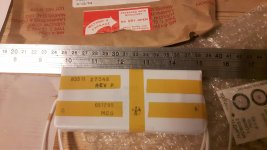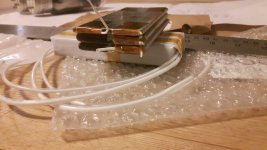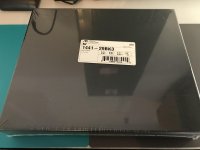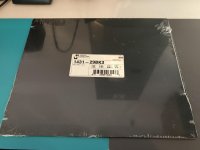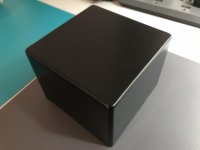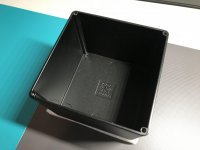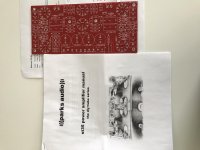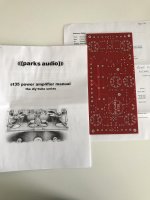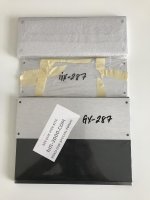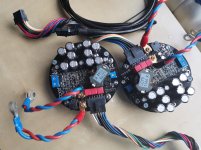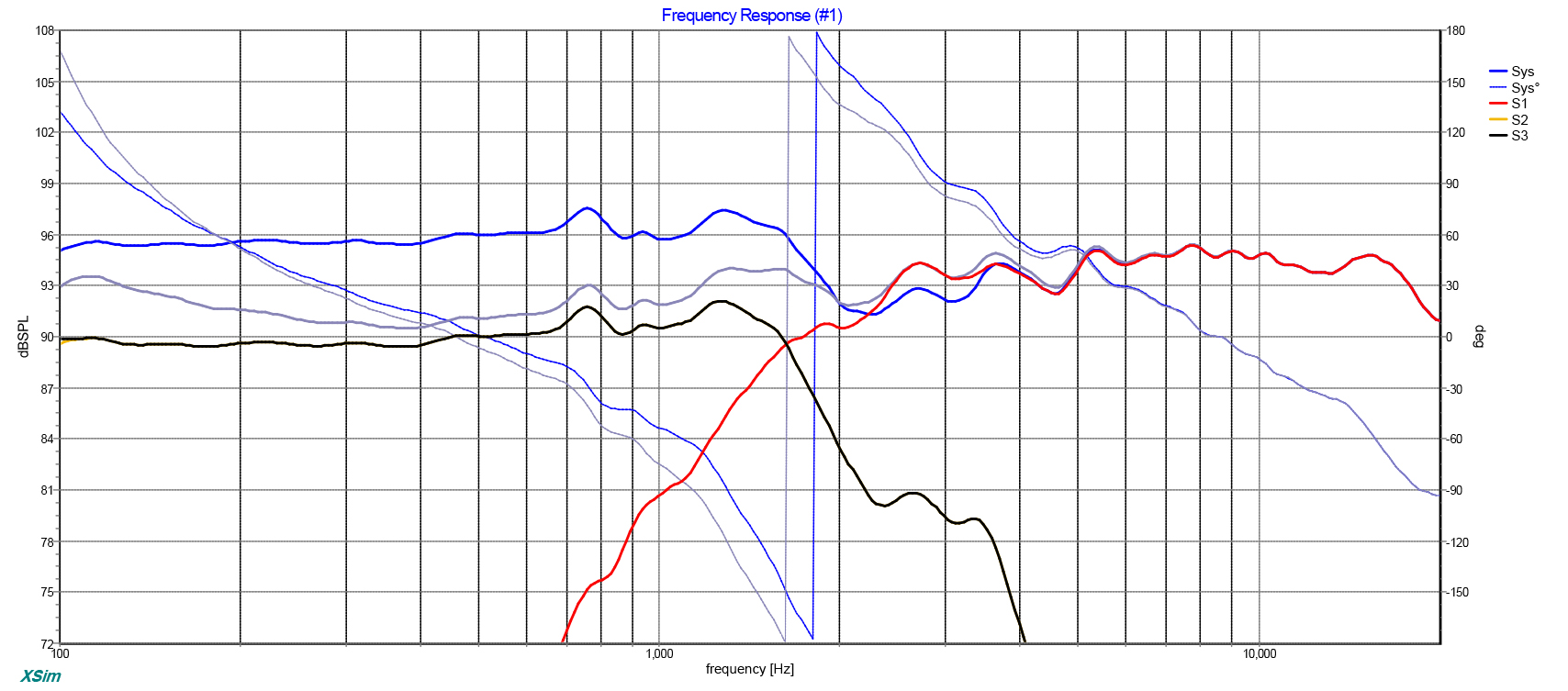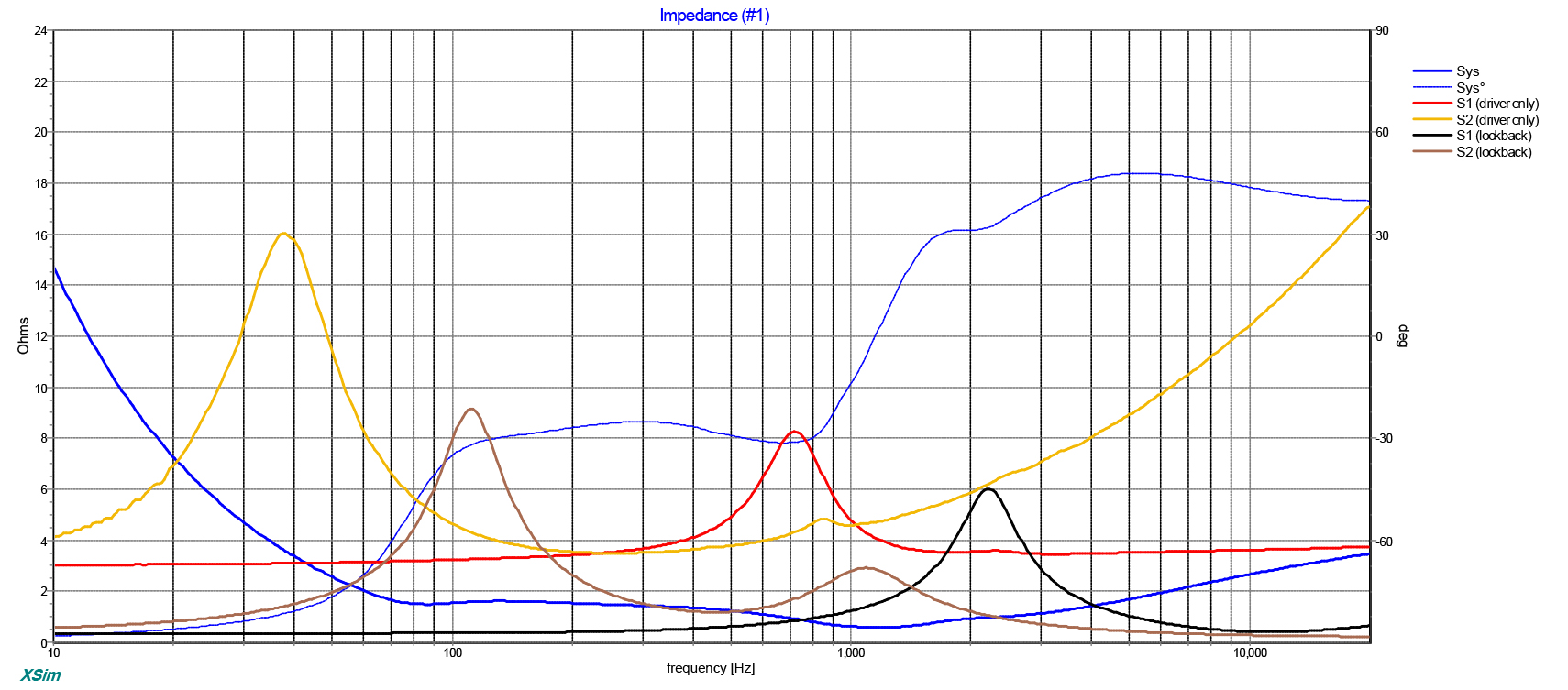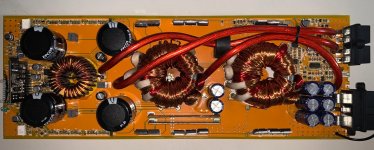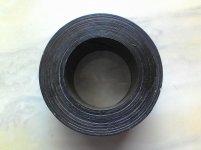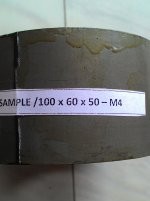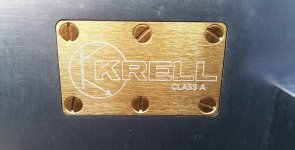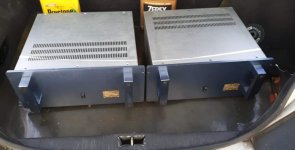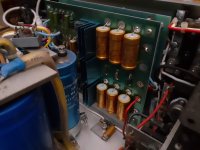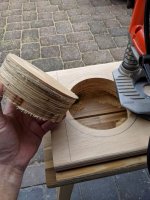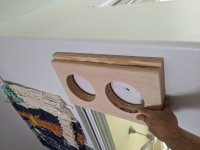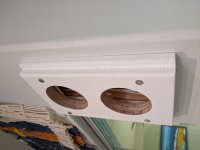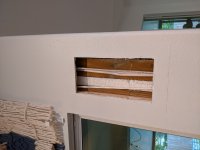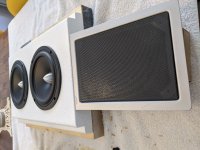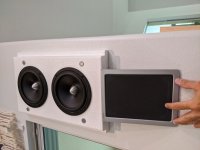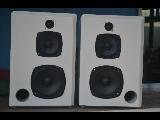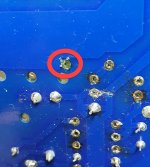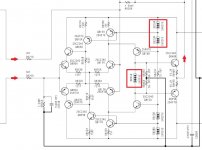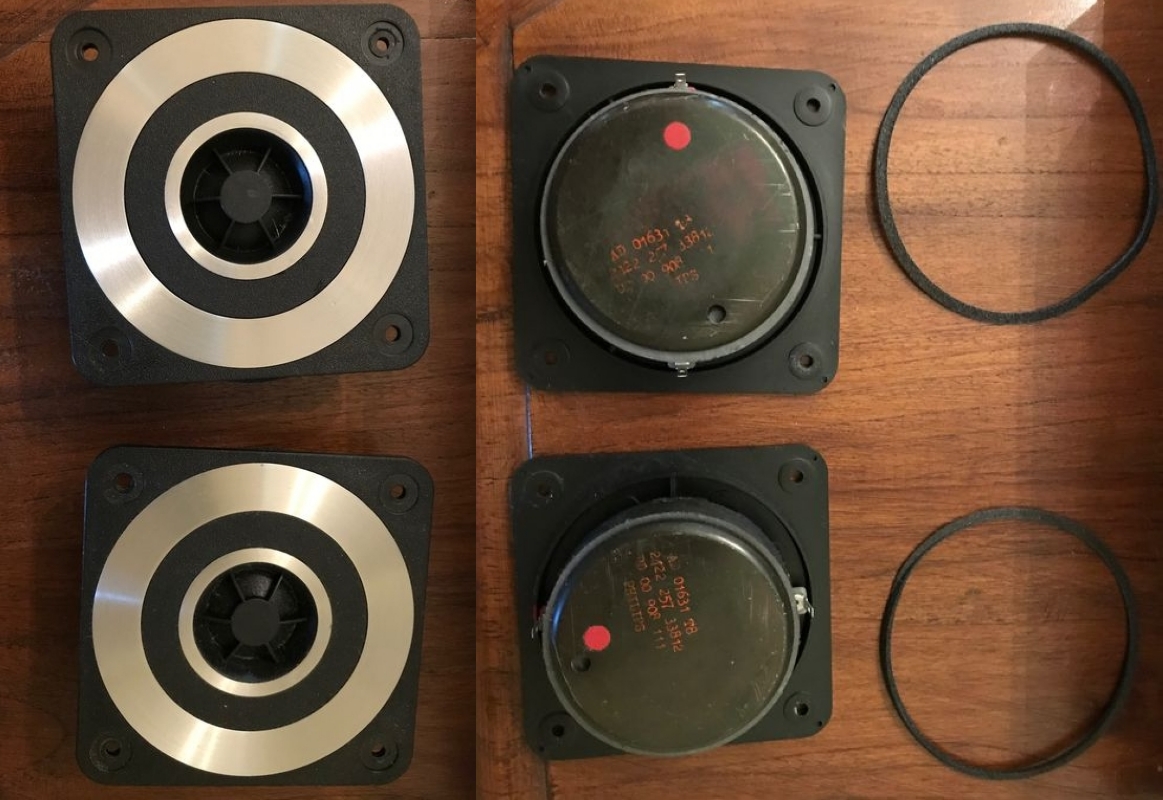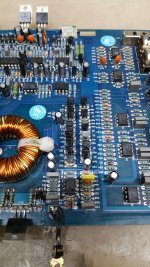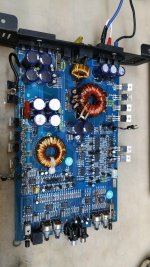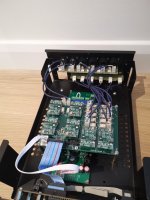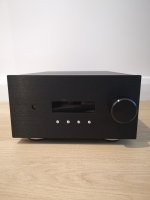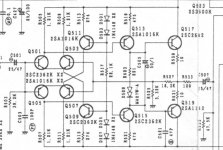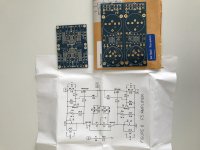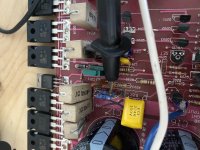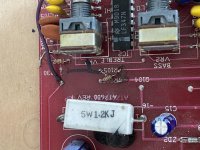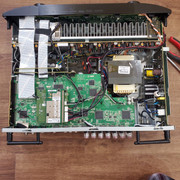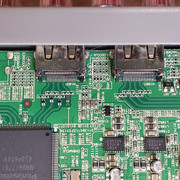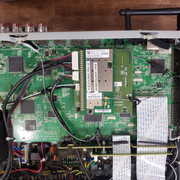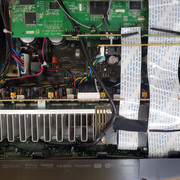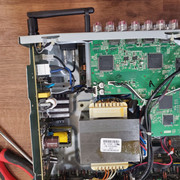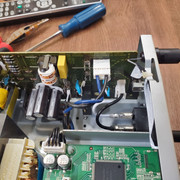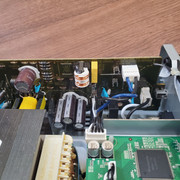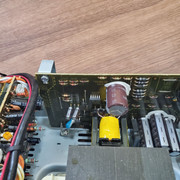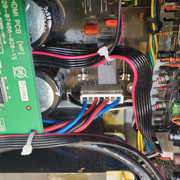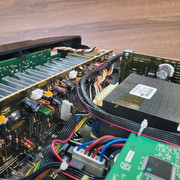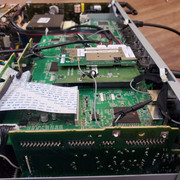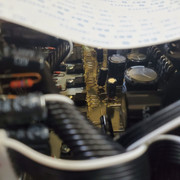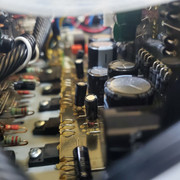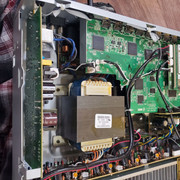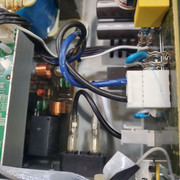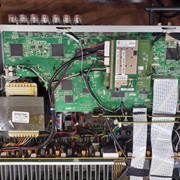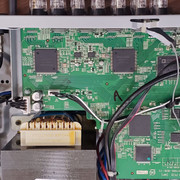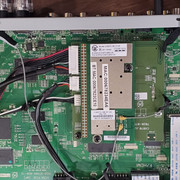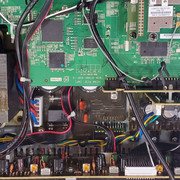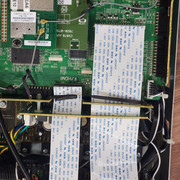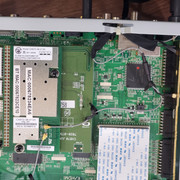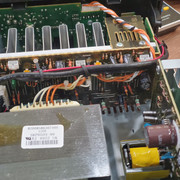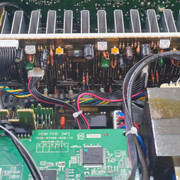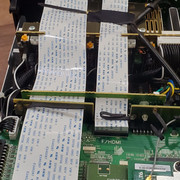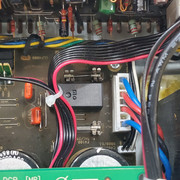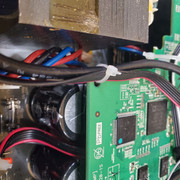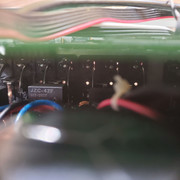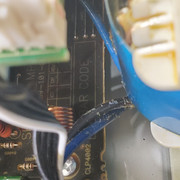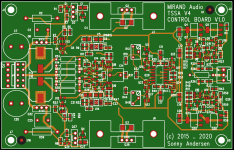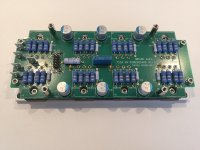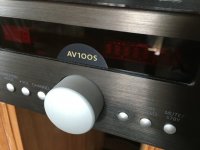Hello everyone,
is there anyone able to help me understand this phenomenon in depth?
I have been reading quite a lot, talking to phisicists, engineers, professors, and all come up with different explanation or theories (most of them contradictory or not really logical). Since when physics has been so little objective? 😕🙁
So here it is my doubt.
Any cavity with a hole and a neck is (and acts) as a Helmholtz resonator. Every and each single source I found describes the mechanical equivalent of this element (mass-spring-damper oscillator) in order to explain its behavior and come up with the final resonance frequency, providing the classical example of a bottle producing its characteristic sound when blowing across its neck.
However:
1) almost no one explains why this sound is produced only when the source is coming at a specific angle (if you just generically blow into the bottle it comes no sound out of it). This means the generic explanation is somehow incomplete without this additional information.
2) no one explains why the very same element can be used either as a resonator (e.g. bottle sound resonance as per point#1, enhancing the sound of a guitar body, allowing for the bass reflex effect in a loudspeaker cabinet) or as a selective noise filter (e.g. bass traps, acoustic panels, attenuation elements in engine intake systems)
In particular:
1) music applications: a guitar body is a Helmholtz resonator. If we neglect for now the small elements within the body, only affecting higher modes, the whole body acts as a Helmholtz resonator (for example ~15L cavity, 20mm neck length, 100mm neck diameter) leading to a first resonance frequency of ~156Hz (considering the end corrections) corrisponding to a Eb3 note.
If we consider the body as a resonator, we should then expect a resonance at that frequency enhancing the notes around Eb3.
If we consider the body as a sound filter (having a Transmission Loss peak at that frequency) we should expect a great attenuation at the same frequency.
A string instrument soundboard represents an impedance matcher between the strings and the outer air, allowing for a high-efficiency energy transfer from the source (the strings vibrating) to the receiver (our ears).
However, in practice, we all know that the sound box still allows for additional sound enhancement, across the whole frequency range of the instrument. This cannot be due to the Helmholtz effect of the box, since it would only enhance a narrow frequency range (156Hz in my case). This seems more due to a phenomenon similar to the bass reflex effect (see later).
Why cannot we then see any real effect from the soundbox cavity?
2) audio applications: the Helmholtz principle is used in the loudspeaker cabinets desig when the bass reflex effect wants to be exploited. In this case a phase inversion of the source pressure wave (the vibrating speaker diaphragm) occurs at the Helmholtz resonance, allowing for a constructing interference outside the cavity, hence the +3dB improvement given by the cabinets with bass reflex. However, this phenomenon can occur only after the Helmholtz resonance frequency, therefore the latter should be very low (for example 10Hz) in order to allow for a constructive interference within the frequency range of interest (for example 20-200Hz).
I was wondering whether the same behavior is exhibited by a string instrument body, to explain the wide frequency range where the sound enhancement occurs. However, this is not the case, otherwise we would experience the effect only above the body resonance frequency (for example 156Hz) and all the sound produced at lower frequency would be strongly attenuated (due to the destructive interference happening when the phase is not inverted).
3) room acoustics applications: all the absorption panels are made of multiple Helmholtz resonator sharing the same volume and having equivalent neck lengths and diameters. Here the same principle leads to the opposite effect: sound attenuation instead of enhancement. I have read several and different theories trying to explain this phenomenon, the main one being due to the energy conversion to heat inside the cavity, leading to the pressure waves attenuation. This would make sense only when the cavity is filled with absorption material, which completely eliminates the resonance peaks and leads to a fully dampened system (mid-high frequency range). However, the same attenuation effect happens even without absorption material! Some say the reason is the sound cancellation within the cavity, but this makes no sense since it contradicts the initial assumption of how the resonance itself originates. How can, therefore, the very same element (Helmholtz cavity) act as a resonator and a sound filter depending on the context?
4) industrial applications: Helmholtz cavities are commonly used in industrial and automotive applications to address specific noise issues related to flow noise within pipes. A typical layouts sees a resonator (empty cavity, no absorption material) added along a piping system through a T-junction. The final effect is to filter out specific unwanted frequencies from the radiated pipe orifice noise. What is the physical reason behind the Helmholtz cavity in this case? Again, many different theories behind it, none of them completely satisfactory or exhaustive. The most detailed explanation I found is the following: the cavity exhibits a low impedance at the resonance frequency, allowing for a [almost] complete reflection of the sound wave at the T-junction and therefore blocking that frequency from being transmetted towards the pipe orifice. This is similar to what happen when sudden expansions show up along the pipe, allowing for a sudden change in impedence and therefore to the wave being reflected back.
However, this effect would happen with any other element featuring an expansion chamber instead of the Helmholtz resonator: no matter what the neck dimensions are, as long as the enclosed volume is enough to allow for a sufficient decrease of the impedence, the incident wave will be reflected back leading to the same phenomenon. But this is not the case.
Furthermore, a Helmholtz cavity along a pipe is not very different than a resonating bottle, in both case a shearing flow blows across the opening. Wjy in one case this leads to sound production while in the other it leads to sound attenuation?
Apologies for the long text, it's a very interesting topic for me and I cannot get satisfied with simple anecdotes or copy/paste explanations without any critical reasoning behind. Hope you can give me some useful hints to fill my scientific curiosity 🙂
